Seoul is set to host Asia’s 50 Best Restaurants for the first time at the end of March 2024, so we took the opportunity to explore some of South Korea’s lesser-known culinary traditions and eating habits
Sure, kimchi is finding its way onto dining tables and menus around the world while gochujang paste has become a staple in many a foodie’s fridge, but how much does the world really know about Korean cuisine?
In the build-up to the 11th edition of Asia’s 50 Best Restaurants, sponsored by S.Pellegrino & Acqua Panna, it’s time to dig into what makes hansik – Korean food – tick. From North Korean cold noodles to shaved ice with champagne, Seoul-based food writer Summer Lee takes us on a whistlestop food-culture tour of her home country
Kimchi is never just kimchi…
The world of kimchi extends beyond just cabbage
The simplest kimchi recipe will tell you to marinate napa cabbage with salt, sugar, garlic, ginger, gochugaru (Korean chili powder), spring onions and fish sauce. However, depending on what is most abundantly available in any particular region, kimchi also frequently includes seafood such as oysters, abalone or calamari and even chunks of fresh fish such as galchi (hairtail), min-eo (croaker), bandaeng-ee (sardines), anchovies or pollock.
The use of fresh seafood is naturally popular in coastal regions and, since Korea is a peninsula, most regions offer some access to the ocean. The practice of adding fresh or salted seafood became more widespread from the 17th century onwards as Koreans started to put more red pepper in their kimchi, which would help to mitigate the pungent smell of the fish.
Cold noodles are traditionally eaten in winter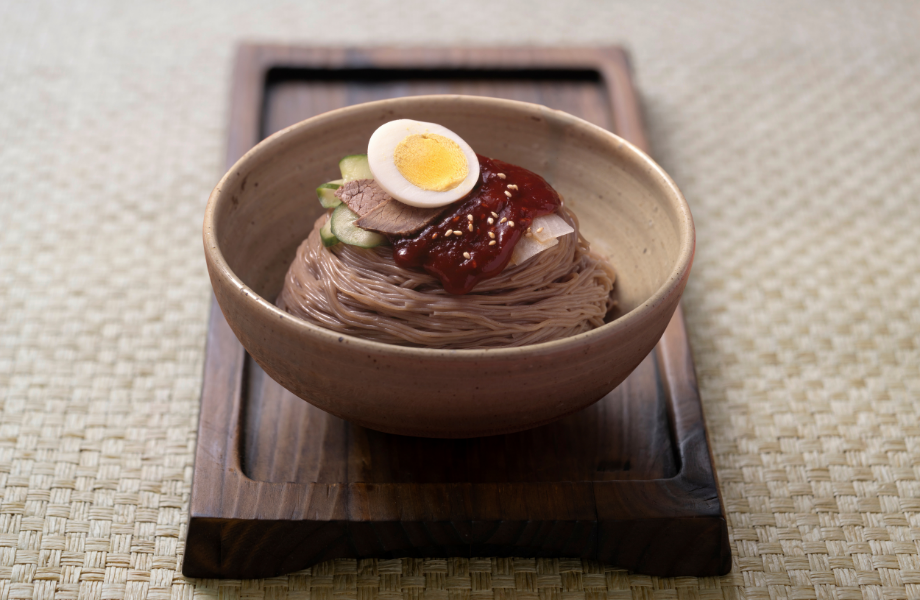
The most popular style of chilled noodles originates in North Korea
In any neighbourhood in Seoul you can find a spot specialising in cold noodles, or naengmyeon – literally a combination of naeng (cold) and myeon (noodles). The most popular variety is Pyongyang-style naengmyeon, whose recipe originated from the North Korean capital. The noodles are made of buckwheat and come in two versions: the ‘water’ variation is mostly served with beef broth, while the ‘mixed’ type comes with sweet and sour red pepper sauce.
With cold noodles increasingly fashionable, they’re a cool partner to South Korea’s summer heat. However, traditional buckwheat noodle lovers savour the dish more often in winter, when temperatures can frequently dip below zero. As many regions harvest buckwheat in late autumn, the colder months mean fresh crops are available to make the best noodles served in restaurants.
Koreans are massive tangerine fans
Orange varieties from Jeju Island in the country's south are sought out for their sweetness
Koreans’ favourite fruit is the tangerine, with the population devouring more of them than oranges, preferring their easier-to-peel thin rind and sweet flavour. Numerous different varieties have been developed in the past decades, primarily in the country’s southernmost island, Jeju, where most are grown.
Specialty tangerines to sample include hallabong, cheonghyehyang, redhyang and hwanggeumhyang; these late-harvest fruits have lower acidity and higher sugar levels so are extra sweet. Hallabong, which earned its name for its pointed tip that resembles the peak of Jeju’s iconic Hallasan Mountain, can be found in markets from January to March and is also in high demand internationally, thanks to its distinctive appearance. Cheonghyehyang and redhyang are simultaneously in season from February to April, while hwanggeumhyang are available in summer and autumn.
Yakju is not ‘Korean sake’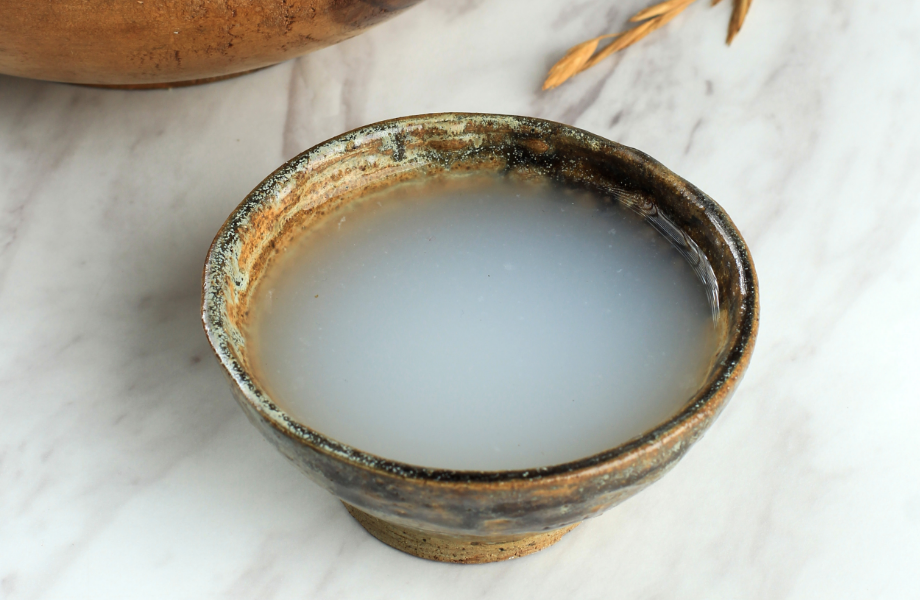
Makgeolli – a slightly viscous Korean rice wine
Think twice before calling Korean alcoholic beverages such as makgeolli and yakju ‘Korean sake’ – while they are all products of rice fermentation, they are highly distinct drinks in their own right.
When fermenting rice to make either the cloudy, lightly sparkling makgeolli or the clear yakju, Koreans use a fermentation starter called nuruk – a mix of whole wheat, mung beans, barley or rice. Depending on what type of nuruk one uses, the flavours of makgeolli or yakju can vary greatly. The alcohol content of the two beverages also differs: makgeolli usually has 6-13 per cent alcohol concentration while yakju sits at around 15 per cent. Yakju can vary in colour and flavour from sweet and rich to fresh and sharp and is meant to be sipped and savoured with food.
Korea had a slow start when it came to promoting its drinks to the world because the centuries-long practice of making alcoholic beverages at home was banned during Japanese colonial rule (1910-1945). Many of those looking to revive traditional Korean beverages are researching forgotten recipes and adding their own creative spin to create something new.
Seaweed soup is a classic birthday dish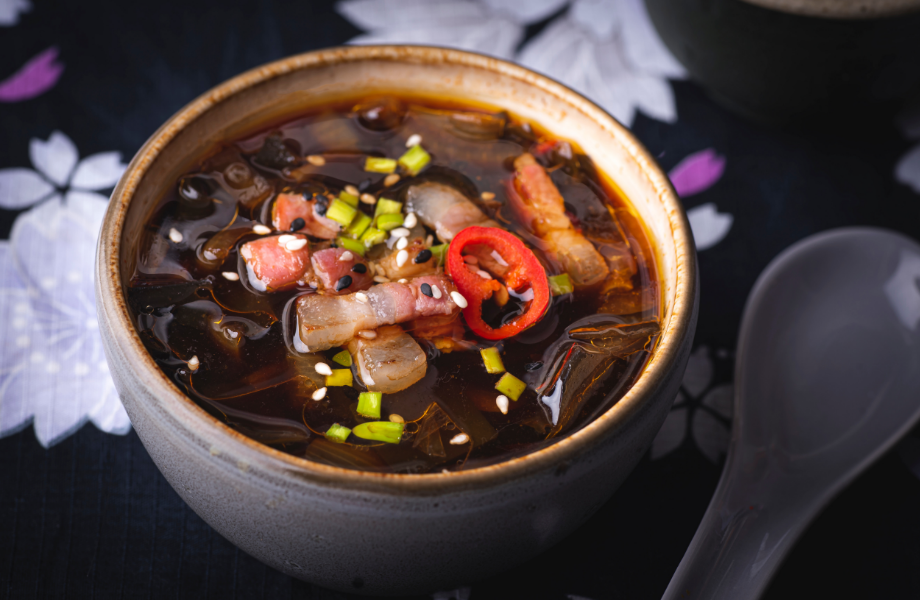
Seaweed soup is just one of the Korean dishes associated with particular celebrations
While Americans prepare turkey feasts over Thanksgiving and Germans eat stollen at Christmas, Koreans eat tteokguk on New Year’s Day, whether it is for the solar or lunar calendar. Tteokguk comprises oval-shaped sticky rice cakes called tteok swimming in a beef or anchovy broth with mandu (dumplings).
The traditional Korean birthday dish is a bowl of seaweed soup called miyeokguk. The seaweed is most frequently boiled in a rich beef broth, though some make it with clams, abalone or even sea urchin. Big celebrations such as weddings will likely also include janchi guksu, which literally translates to ‘feast noodles’: super-thin noodles (resembling angel hair pasta), which are cooked in anchovy broth and served with thin strips of carrots, courgettes and pan-fried eggs.
Sometimes the weather decides what Koreans want to eat: the population always craves pajeon (scallion pancake) and a bowl of makgeolli on rainy days and restaurants serving them will be packed when the heavens open.
Recovery meals are a serious business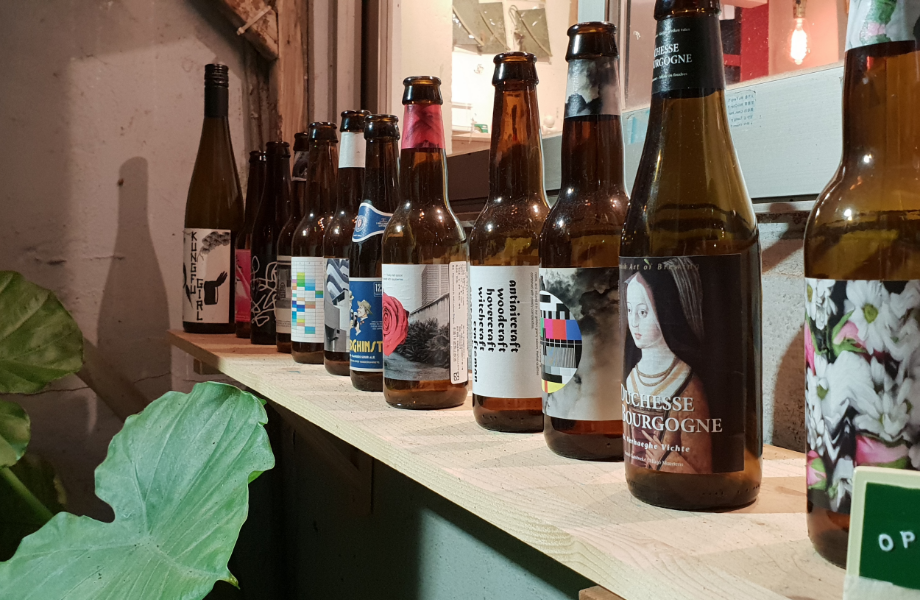
The healing properties of soup are embraced after soju-saturated nights
After a night out drinking soju, the word you need to remember is haejangguk – haejang meaning hangover cure and guk meaning soup. Some restaurants serve clear haejangguk with dried pollack or bean sprouts, while others offer a spicy red-coloured broth with either pork or beef; one distinct variation is made with blood sausage.
Many of the establishments that serve these soups open until late in the night or even for 24 hours. Locals tuck into them to prevent any after-effects kicking in the next day, but it’s not unknown to end up drinking more while eating haejangguk.
Shaved ice is a luxury item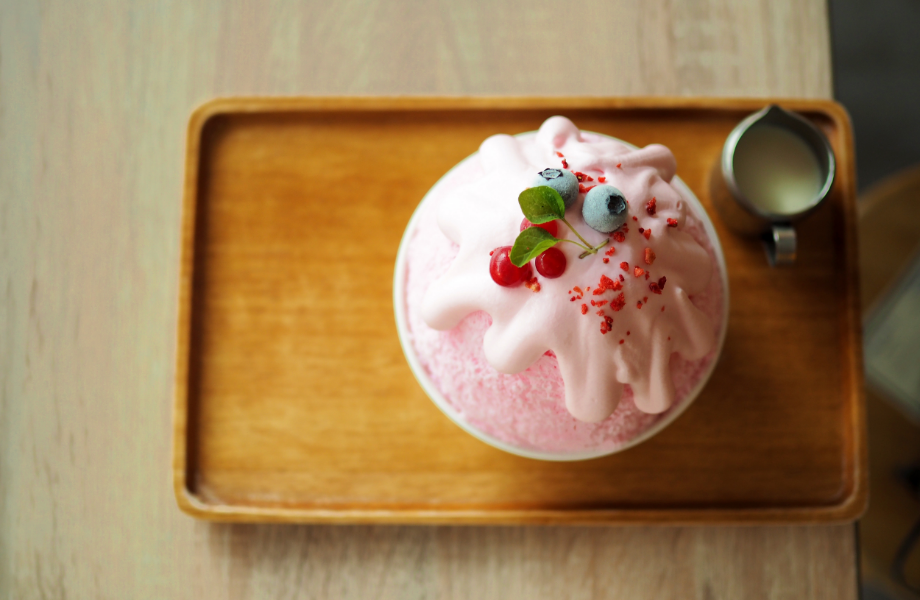
Shaved ice desserts have become a cult hit in upscale hotels
Bingsu, or shaved ice, has become a surprise hit, and is served in Seoul’s luxury hotels. Ordering bingsu in such upscale establishments is seen as an affordable treat. The most popular type is served with chunks of mango, itself a novelty ingredient in a country that didn’t produce much tropical fruit until the last decade or so.
Many hotels see people lining up for classic mango bingsu, while others offer more creative options such as bingsu with sorbet made from Dom Perignon, with mugwort ice cream alongside sticky rice cake tteok, or with purple-coloured sweet potato mousse and chips to add more savoury flavours.
Miss last year's ceremony in Singapore? Watch the highlights here:
The list of Asia’s 50 Best Restaurants 2024, sponsored by S.Pellegrino & Acqua Panna, will be announced on Tuesday 26th March in Seoul. To stay up to date with the latest news, follow us on Instagram, Facebook, X and YouTube and sign up to our newsletter
.jpg)
